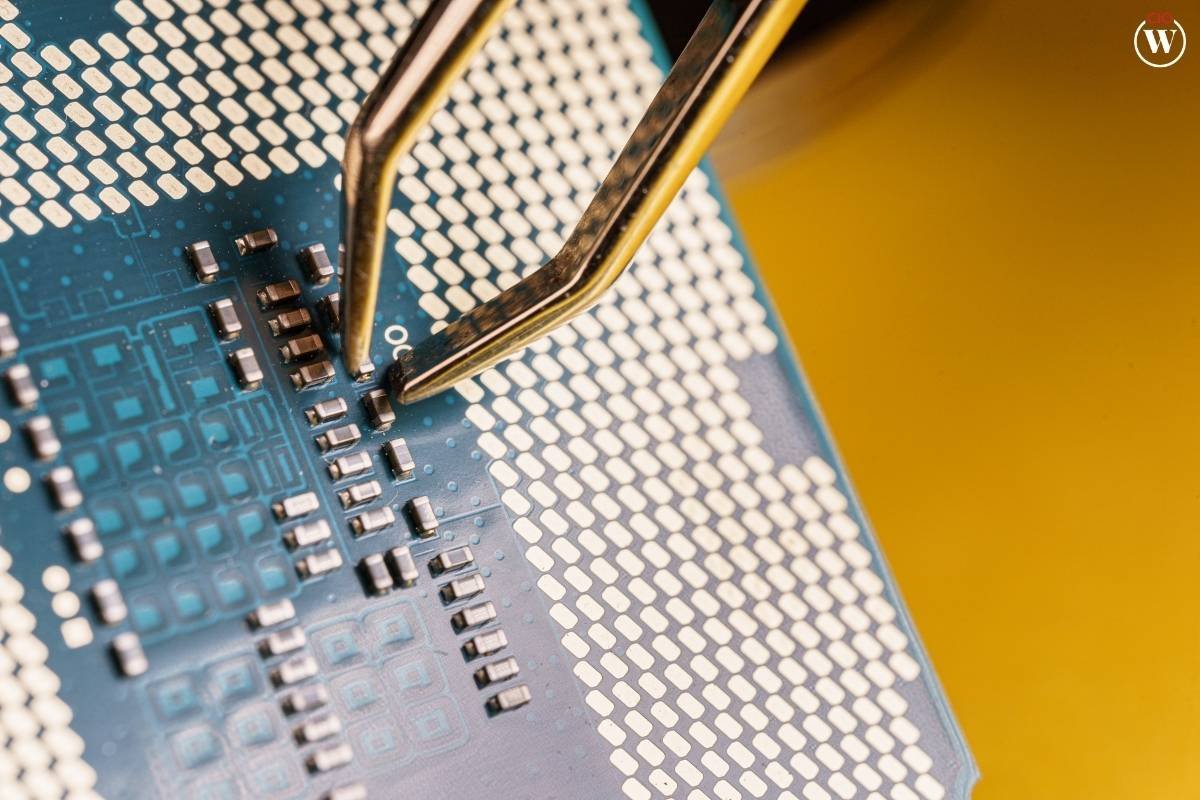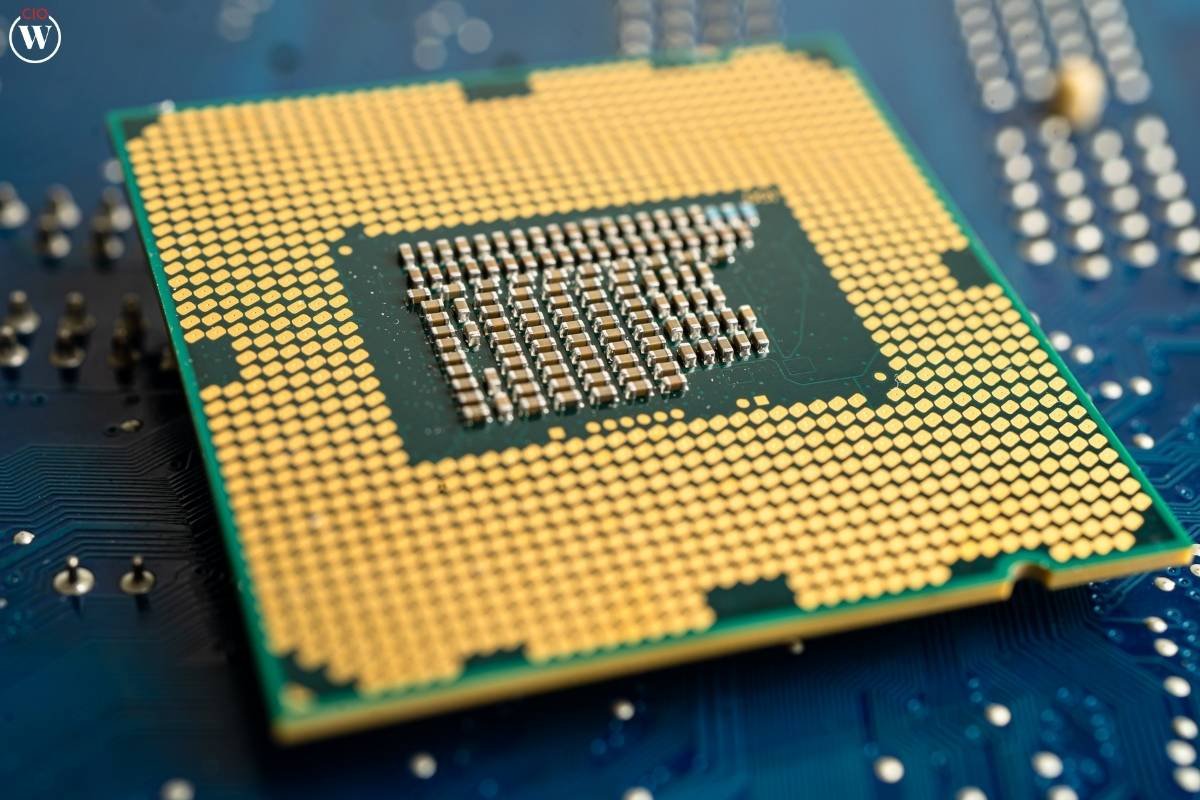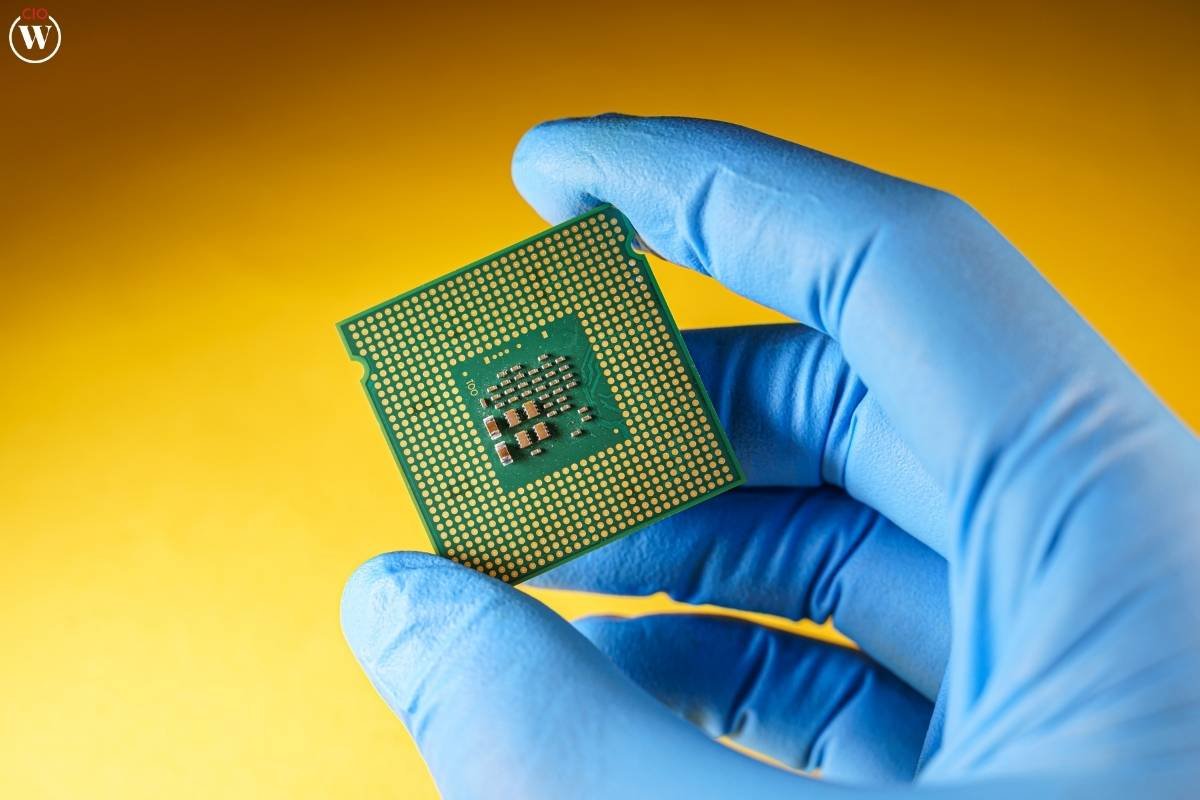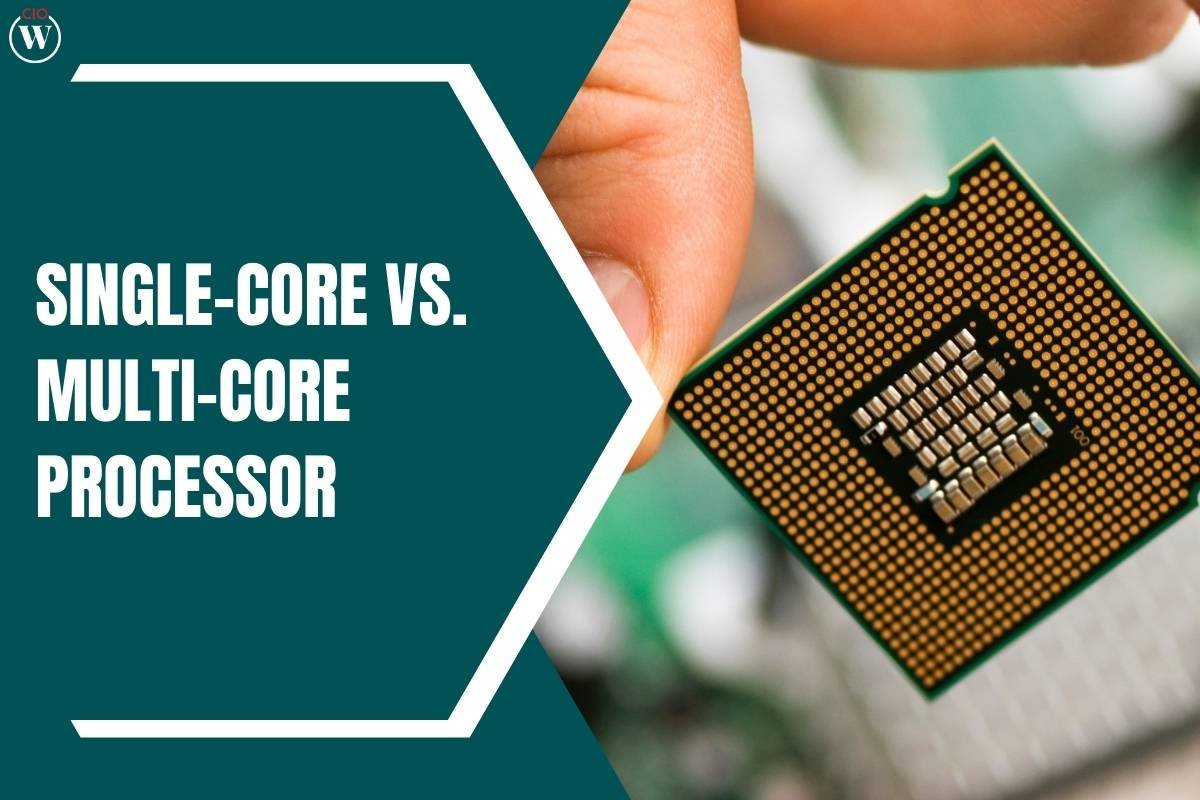In today’s technology-driven world, understanding the fundamental differences between a single-core vs. multi-core processor is essential for making informed decisions about computing devices. This article delves deep into the nuances of single-core and multi-core processors, exploring their definitions, functionalities, advantages, and practical applications. Whether you are a tech enthusiast, a student, or a professional, this guide will help you grasp the key aspects of single-core vs. multi-core processors.
What is a Single-core Processor?
A single-core processor is a type of central processing unit (CPU) that has one core. This core is the brain of the CPU, responsible for executing instructions from programs and performing basic arithmetic, logical, control, and input/output operations. In the early days of computing, single-core processors were the norm, handling all computational tasks for a system.
Advantages of Single-core Processors
- Simplicity: Single-core processors are simpler in design and easier to manufacture, which can result in lower production costs.
- Power Efficiency: In specific low-power applications, single-core processors can be more efficient, consuming less power than their multi-core counterparts.
- Compatibility: Many legacy systems and software are optimized for single-core processors, ensuring broad compatibility with older applications and operating systems.
Disadvantages of Single-core Processors
- Limited Performance: Single-core processors struggle with multitasking and complex computations, leading to slower performance in modern applications.
- Thermal Issues: Pushing a single core to handle multiple tasks can generate more heat, requiring better cooling solutions.
- Outdated for Modern Needs: Most contemporary software and operating systems are designed to take advantage of multiple cores, making single-core processors less suitable for modern needs.
What is a Multi-core Processor?
A multi-core processor, on the other hand, incorporates two or more independent cores into a single chip. Each core can execute instructions simultaneously, significantly boosting the overall performance of the CPU. Multi-core processors are prevalent in today’s computers, smartphones, and various other devices, offering enhanced speed and efficiency.

Advantages of Multi-core Processors
- Enhanced Performance: Multi-core processors excel at multitasking, allowing multiple processes to run concurrently without slowing down the system.
- Energy Efficiency: By distributing tasks across multiple cores, multi-core processors can perform more efficiently, often leading to reduced power consumption and heat generation.
- Future-proofing: As software becomes increasingly complex and resource-intensive, multi-core processors provide the necessary power to handle these demands, ensuring longevity and relevance.
- Better Gaming and Media Performance: Many modern games and multimedia applications are optimized for multi-core processors, delivering superior performance and smoother experiences.
Disadvantages of Multi-core Processors
- Complexity and Cost: Multi-core processors are more complex to design and manufacture, often leading to higher costs.
- Diminishing Returns: Beyond a certain point, adding more cores may not result in proportional performance gains, especially if the software isn’t optimized for multiple cores.
- Software Compatibility: While most modern software supports multi-core processing, some older applications may not be able to take full advantage of multiple cores.
Single-core vs. Multi-core Processor: Performance Comparison
When comparing single-core vs. multi-core processors, performance is a critical factor. Here are some key considerations:
Single-threaded Performance
Single-core processors often have an edge in single-threaded performance since they can focus all their resources on one task. This can be beneficial for applications that are not designed to run on multiple cores.
Multithreaded Performance
Multi-core processors shine in multithreaded performance, where tasks can be divided into smaller threads and executed simultaneously. This is ideal for modern applications like video editing, 3D rendering, and heavy computational tasks that benefit from parallel processing.
Real-world Applications

- Gaming: Most modern games are optimized for multi-core processors, utilizing multiple threads to enhance performance and provide smoother gameplay. However, some older or less demanding games may not see significant benefits from additional cores.
- Everyday Computing: For everyday tasks such as browsing the web, checking email, and using office applications, multi-core processors can provide a more responsive experience, especially when multitasking.
- Professional Applications: In fields like software development, data analysis, and content creation, multi-core processors are invaluable. They allow for faster compilation times, quicker data processing, and more efficient rendering.
Future Trends: Single-core vs. Multi-core Processor
As technology advances, the debate between single-core vs. multi-core processors continues to evolve. Here are some emerging trends:
Increasing Core Counts
Manufacturers are continually pushing the boundaries by increasing the number of cores in processors. High-end consumer CPUs now boast up to 16 cores, while server and workstation CPUs can have even more. This trend is driven by the need for greater parallel processing power.
Efficiency Improvements
Improvements in manufacturing processes and architecture are making multi-core processors more efficient. Smaller transistor sizes and better thermal management techniques are enabling higher performance without proportional increases in power consumption and heat output.
AI and Machine Learning
Artificial intelligence (AI) and machine learning applications are heavily reliant on parallel processing. Multi-core processors, often coupled with specialized accelerators like GPUs, are essential for training and running complex AI models.
Software Optimization
As multi-core processors become more prevalent, software developers are increasingly optimizing their applications to take advantage of multiple cores. This trend ensures that users can fully benefit from the capabilities of their hardware.
Choosing Between Single-core vs Multi-core Processor
When deciding between a single-core vs multi-core processor, several factors should be considered:

Use Case
- Simple Tasks: For basic tasks such as word processing, web browsing, and email, a single-core processor might suffice. However, a dual-core or quad-core processor can provide better responsiveness and future-proofing.
- Gaming and Multimedia: For gaming, video editing, and other multimedia tasks, a multi-core processor is generally the better choice. It offers improved performance and can handle the demands of modern software.
- Professional and Technical Work: For tasks like software development, data analysis, and scientific computing, a multi-core processor is essential. These applications often require significant computational power and benefit from parallel processing.
Budget
- Cost-Effective Solutions: Single-core processors are generally cheaper, making them suitable for budget-conscious users or specific low-power applications.
- Performance Investment: Investing in a multi-core processor can provide long-term benefits, especially as software continues to evolve and require more processing power.
Future Needs
- Scalability: Multi-core processors offer better scalability for future software and technology advancements. As applications become more demanding, having additional cores ensures that your system can keep up with new requirements.
Conclusion
In the debate of single-core vs. multi-core processor, the right choice ultimately depends on your specific needs and use cases. Single-core processors, while simpler and often more cost-effective, are becoming less relevant in a world where multitasking and complex computations are commonplace. Multi-core processors, with their enhanced performance and efficiency, are better suited for modern applications and future-proofing your technology investments.
By understanding the differences between single-core and multi-core processors, you can make informed decisions when purchasing or upgrading your computing devices. Whether you’re a casual user, a gamer, or a professional, the right processor can significantly impact your experience and productivity.
In conclusion, the evolution from single-core to multi-core processors marks a significant milestone in computing technology, offering unparalleled performance and efficiency for today’s diverse and demanding applications. By considering your specific needs and staying informed about the latest trends, you can choose the best processor to meet your requirements and future-proof your computing experience.









